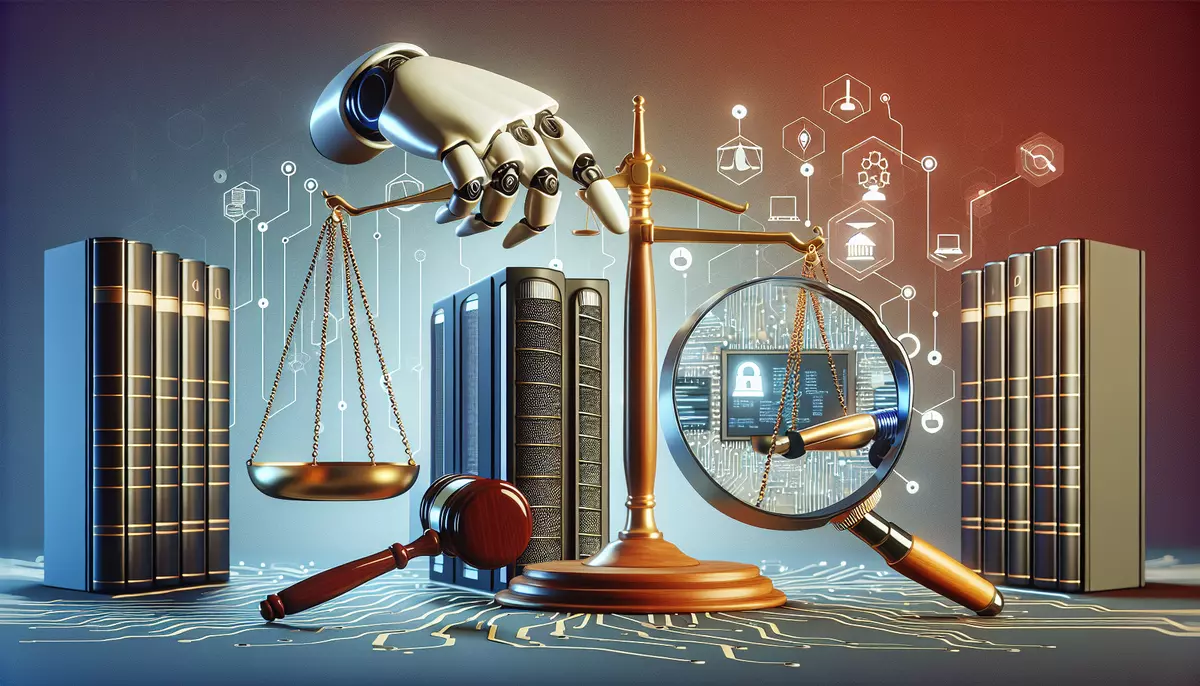Introduction
Big data analytics refers to the process of examining large and complex data sets to uncover hidden patterns, correlations, and insights that can inform decision-making. As the volume, velocity, and variety of data continue to grow exponentially, organizations are increasingly turning to big data analytics to gain a competitive edge and drive innovation.
What is Big Data Analytics?
Big data analytics is the application of advanced analytical techniques, such as machine learning, data mining, and statistical analysis, to large and diverse data sets. These data sets can come from a variety of sources, including social media, sensors, transactional systems, and web logs, and can be structured, semi-structured, or unstructured in nature.
Key Characteristics of Big Data:
- Volume: The sheer amount of data being generated and collected is growing at an unprecedented rate.
- Velocity: Data is being created and updated at an increasingly rapid pace, requiring real-time or near-real-time processing.
- Variety: Data comes in many different formats, including text, images, videos, and sensor data, making it challenging to integrate and analyze.
- Veracity: The quality and reliability of the data can vary, requiring careful data cleansing and validation.
The Big Data Analytics Process
The big data analytics process typically involves the following steps:
1. Data Collection and Preparation:
Gather data from various sources, clean and transform the data, and store it in a data lake or data warehouse for further analysis.
2. Data Exploration and Visualization:
Analyze the data to identify patterns, trends, and anomalies, and use visualization tools to present the findings in a clear and compelling way.
3. Model Building and Testing:
Develop predictive models using machine learning algorithms and test their accuracy and performance on new data sets.
4. Model Deployment and Monitoring:
Deploy the models in a production environment and continuously monitor their performance, making adjustments as needed.
Applications of Big Data Analytics
Big data analytics has a wide range of applications across various industries, including:
1. Retail and E-commerce:
Personalized product recommendations, demand forecasting, and customer segmentation.
2. Healthcare:
Predictive disease modeling, patient risk assessment, and drug discovery.
3. Finance:
Fraud detection, portfolio optimization, and market trend analysis.
4. Manufacturing:
Predictive maintenance, quality control, and supply chain optimization.
5. Transportation:
Traffic management, route optimization, and fleet management.
Challenges and Best Practices
While big data analytics offers significant benefits, it also presents several challenges, including:
Challenges:
- Data Quality and Integration: Ensuring the accuracy, completeness, and consistency of data from multiple sources.
- Scalability and Performance: Handling the growing volume and velocity of data while maintaining fast processing and analysis times.
- Talent and Expertise: Finding and retaining skilled data scientists and analysts who can effectively leverage big data technologies.
- Privacy and Security: Protecting sensitive data and ensuring compliance with data privacy regulations.
Best Practices:
- Establish a Data Governance Framework: Implement policies and procedures for data management, quality, and security.
- Invest in the Right Technologies: Adopt scalable and flexible big data platforms, such as Hadoop, Spark, or cloud-based solutions.
- Foster a Data-Driven Culture: Encourage data-driven decision-making and empower employees to leverage data insights.
- Develop a Skilled Analytics Team: Recruit and train data scientists, analysts, and business stakeholders to work collaboratively.
Future Trends in Big Data Analytics
The field of big data analytics is rapidly evolving, and several emerging trends are shaping its future:
1. Increased Adoption of AI and Machine Learning:
The integration of advanced AI and machine learning algorithms will enable more sophisticated predictive modeling and real-time decision-making.
2. Edge Computing and IoT:
The rise of edge computing and the Internet of Things (IoT) will enable the analysis of data closer to the source, reducing latency and improving responsiveness.
3. Democratization of Data and Analytics:
The development of user-friendly analytics tools and self-service platforms will empower more business users to access and analyze data without relying solely on IT or data science teams.
4. Ethical and Responsible Data Use:
Increased focus on data privacy, security, and ethical considerations will drive the development of guidelines and best practices for the responsible use of big data.
Conclusion
Big data analytics is a powerful tool that enables organizations to gain valuable insights, make informed decisions, and drive innovation. By leveraging advanced analytical techniques and technologies, businesses can unlock the full potential of their data and stay ahead of the competition. As the field continues to evolve, organizations that invest in building a strong big data analytics capability will be well-positioned to thrive in the digital age.
This knowledge base article is provided by Fabled Sky Research, a company dedicated to exploring and disseminating information on cutting-edge technologies. For more information, please visit our website at https://fabledsky.com/.
References
- Provost, F., & Fawcett, T. (2013). Data Science for Business: What You Need to Know About Data Mining and Data-Analytic Thinking. O’Reilly Media.
- Siegel, E. (2016). Predictive Analytics: The Power to Predict Who Will Click, Buy, Lie, or Die. Wiley.
- Davenport, T. H., & Harris, J. G. (2017). Competing on Analytics: The New Science of Winning. Harvard Business Review Press.
- Mayer-Schönberger, V., & Cukier, K. (2013). Big Data: A Revolution That Will Transform How We Live, Work, and Think. Houghton Mifflin Harcourt.
- Dhar, V. (2013). Data Science and Prediction. Communications of the ACM, 56(12), 64-73.


























